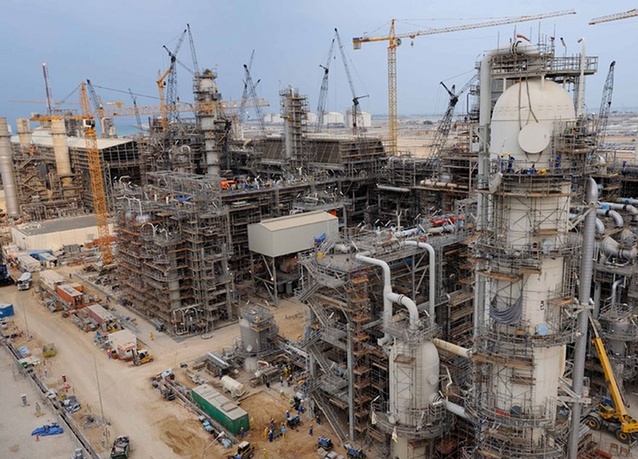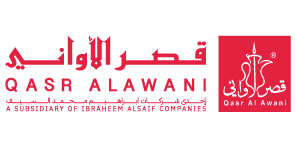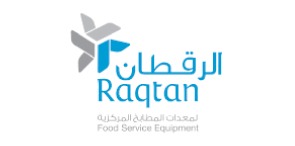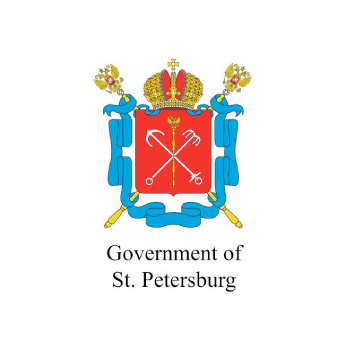Jubail II ($80bn): A 22-year industrial project, Jubail II Industrial Area is World's Largest Civil Engineering Project / Foodex

World's Largest Projects: Jubail II
Creating one of the world's greatest industrial city on Jubail, is not an easy task. Jubail Industrial City, which was built more than three decades ago will double its size once completed during 2016. A cost of $80 billion for infrastructure works only, Jubail II will be the largest civil engineering project of the world. Jubail Industrial II construction is a multi-billion dollar industrial city aiming to create social benefits and to strengthen petrochemical industry.
This project will double the size of the Jubail Industrial City by 6,200 hectares.
World's Largest: Jubail II Construction
With more than 20,000 workers during its peak season and investing more that $4 billion in infrastructure, the area will be turned into a large industrial park, larger than what it is right now. The work encompasses miles and miles of roads, utilities, water, wastewater and all required infrastructure.But that's not all, at least $18 billion dollars are being designed to build the industrial city, extending from the existing industrial park to Kuwait-Ras Tanura corridor. The construction process is so large and wide that the project has been broken into four phases. Over 50,000 residential units will be added by 2026 as part of the expansion process. The RCJY has asked Bechtel, which handled Jubail 1, to manage Jubail II.
Jubail II Rail and Roads
The proposed transportation system consists of a six lane highway between Jubail and Dammam.
This highway is considered as the main commercial area within the project creating a strong and efficient communication systems will all project components. Hundreds of roads and paths have been created leading to smaller towns and areas within the project. In total more than 530 miles and 60 bridges were build during the construction phase.
The project has been carefully planned many decades ago and it has been developed taking into consideration and around massive oil lines that were installed years before the industrial development started construction. The total project cost can fluctuate even higher to accommodate changes and requests to expand its operations.
An Industrial City
Over 1,900 hectares will be developed during the process and a combination of tunnels, highways and superstructures that will create an unobstructed path to development and the mining industry. The earthwork process will require to move more than 30 million cubic meters of aggregates, along with the installation of almost 16 feet diameter pipelines to carry water from the sea into the industrial facilities at a rate of 200,000 cu m per hour.
Another one of the amazing structures is the desalination plant that will process 800,000 cubic meters of water for cities in the Eastern Province, as well as generate 2,750 megawatts of electricity. The area also includes two large ports, built on an artificial harbor protected by 11 miles of breakwater. Bechtel acting on behalf of the managers of the project indicated that 'The development also comprises a 5.6-mile-by-984-foot (9 kilometer-by-300 meter) causeway, with a four-berth open-sea tank terminal, a dry-bulk terminal with nine berths, a service quay, and a module-import facility―all built under contracts to the Saudi Ports Authority.
Source: The Balance























.jpg)

































